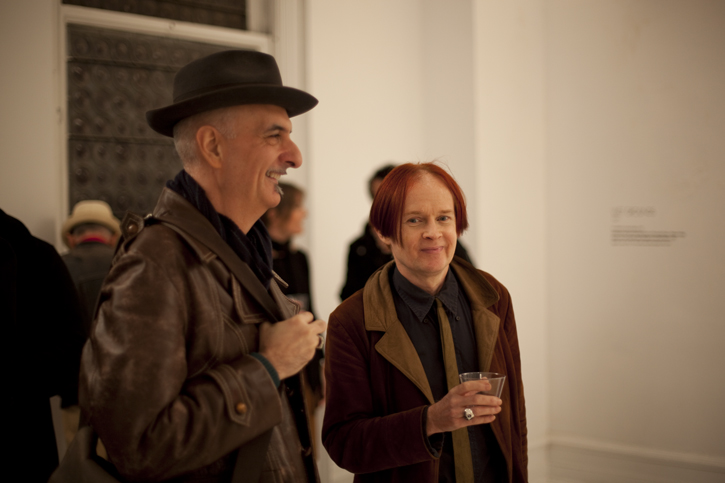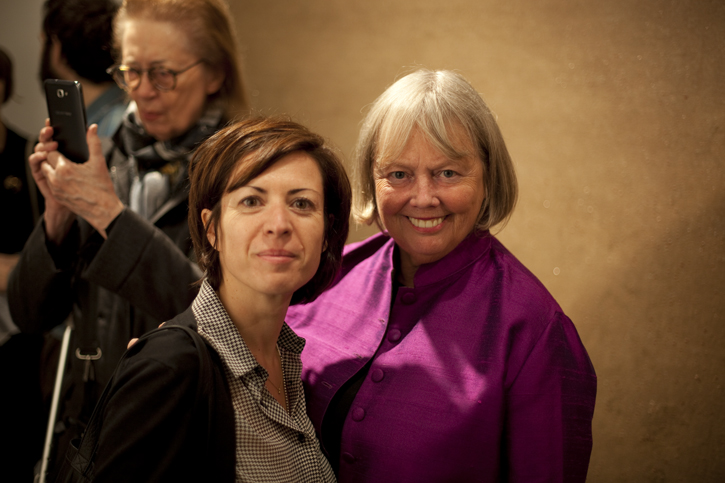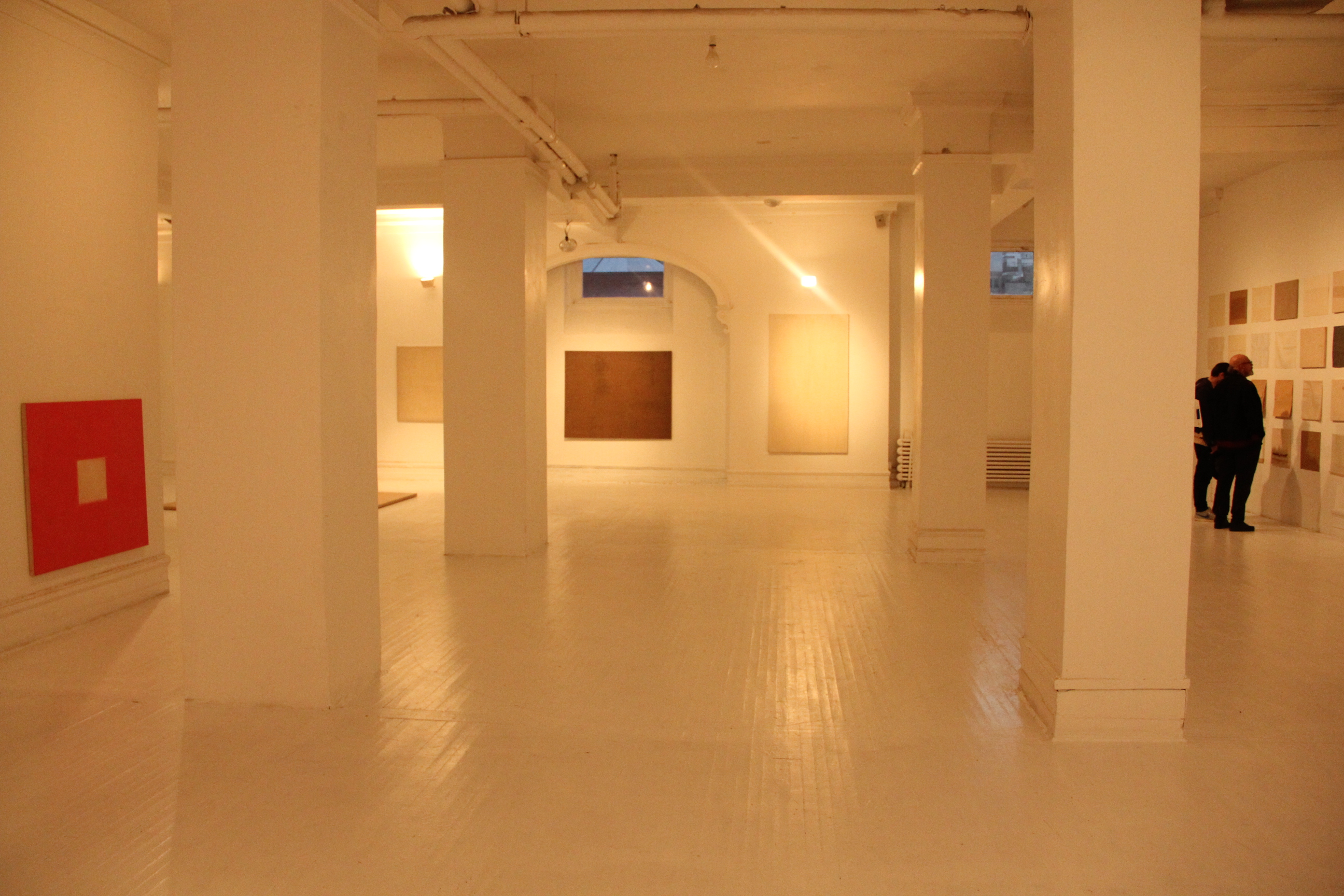Dale Henry Opening Reception
Dale Henry: The Artist Who Left New York opens at the Clocktower Gallery on Tuesday, October 29th, 2013, from 6-8pm. Free. RSVP below.
This exhibition of painting, sculptural works and writing by Dale Henry, exhibited in the historic galleries of the Clocktower, includes bodies of work not seen since the 1970's, and in many cases, never shown. The show shines significant light on the vibrant 1970’s Lower Manhattan arts scene, then the epicenter of Pop, Minimal, and Post-Modern work on an international scale.
Dale Henry was born in 1931 to a humble, rural family in Anniston, Alabama. As a child, Henry lived with eight different families in Alabama, Nevada, Oklahoma and Michigan, and attended twelve schools. At 17, he left home and hitchhiked to Houston, Texas, to begin working as an artist. He took life-drawing classes at the Houston Museum of Fine Arts, his only formal artistic training. In 1951, he moved to San Francisco, where he began to exhibit his work through the support of curator Ross Smith. Henry moved to New York in 1967. Until 1986, Henry showed work at numerous leading institutions including the Fischbach Gallery, the John Weber Gallery, the Clocktower Gallery and P.S.1 Contemporary Art Center, among others. Henry’s last show, a site-specific installation entitled Naturalism in Late Twentieth Century, was presented at Sarah Lawrence College in 1985, and curated by Henry’s good friend Marcia Hafif. From 1970 to 1986, Henry was a professor at the School of Visual Arts. In 1977, he moved part-time to Bullville, NY, and in 1986, left New York permanently for Cartersville, VA, where he died in September, 2011 and has since fallen into relative obscurity.



























